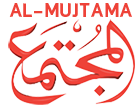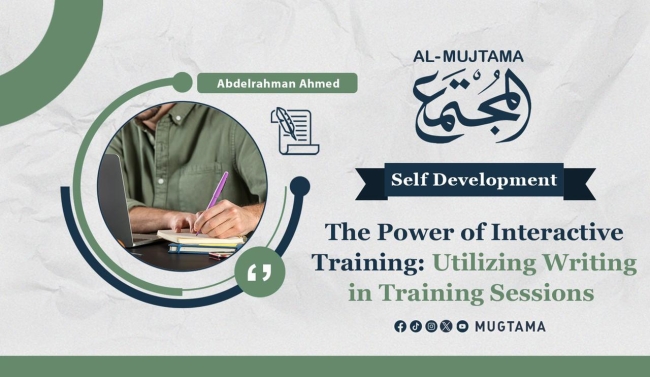The Power of Interactive Training: Utilizing Writing in Training Sessions
In the realm of education and professional development, the effectiveness of training sessions lies not only in the delivery of information but also in the methods used to engage learners and solidify their understanding. One such powerful tool is the strategic use of writing during training sessions, whether it be on paper or on a whiteboard. This essay explores the significance of incorporating writing exercises into training programs and highlights their impact on learner engagement and retention.
The examples provided earlier illustrate how writing can be integrated seamlessly into training sessions across various contexts. From leadership workshops to problem-solving seminars, the versatility of writing as a training tool becomes evident. In each instance, writing serves as a means to actively involve participants in the learning process, encouraging them to reflect on the material presented and articulate their thoughts.
One of the key benefits of incorporating writing exercises into training sessions is their ability to capture learners' attention and enhance their focus. By requiring participants to write down their thoughts, observations, or responses to prompts, trainers can redirect their focus from passive listening to active participation. This shift in engagement fosters deeper levels of concentration and comprehension, ultimately leading to more effective learning outcomes.
Moreover, writing exercises offer a practical way to reinforce key concepts and ideas introduced during training. When participants are asked to summarize information, outline strategies, or draft action plans, they are compelled to process the material at a deeper level. This process of synthesis not only strengthens their understanding but also facilitates knowledge retention and application in real-world scenarios.
Additionally, writing exercises promote interactive learning environments where participants can collaborate, exchange ideas, and learn from one another. Whether through group discussions, peer reviews, or shared brainstorming sessions, writing provides a platform for communication and knowledge-sharing among participants. This collaborative approach not only enriches the learning experience but also cultivates a sense of community and mutual support among learners.
Furthermore, writing exercises can serve as valuable assessment tools, allowing trainers to gauge participants' comprehension, critical thinking skills, and problem-solving abilities. By reviewing written responses, trainers can identify areas of strength and areas for improvement, tailor instruction to meet individual needs and provide targeted feedback to support ongoing learning and development.
Incorporating writing into training sessions also encourages active participation and empowers learners to take ownership of their learning journey. When participants are given the opportunity to express themselves through writing, they become more personally invested in the material and are more likely to actively engage with the content. This sense of ownership motivates learners to ask questions, seek clarification, and explore topics in greater depth, leading to a more enriching and meaningful learning experience.
Moreover, writing exercises can foster creativity and innovation, allowing participants to explore new ideas, perspectives, and solutions. Whether through brainstorming sessions, reflective journaling, or creative problem-solving activities, writing provides a platform for exploring and expressing innovative concepts. This emphasis on creativity not only enhances the learning experience but also equips participants with the skills and mindset needed to adapt to new challenges and opportunities in the workplace.
In conclusion, the strategic use of writing in training sessions offers numerous benefits for both trainers and participants alike. From enhancing engagement and comprehension to promoting collaboration and creativity, writing exercises serve as powerful tools for facilitating effective learning experiences. By integrating writing into training programs, trainers can create dynamic and interactive learning environments that inspire curiosity, foster critical thinking, and empower learners to succeed. As the examples illustrate, writing is not merely a passive activity but rather a dynamic and transformative tool that has the potential to revolutionize training and development practices.
Source: Dr. Musa Mansour Al-Mazidi | Al-Mugtama


